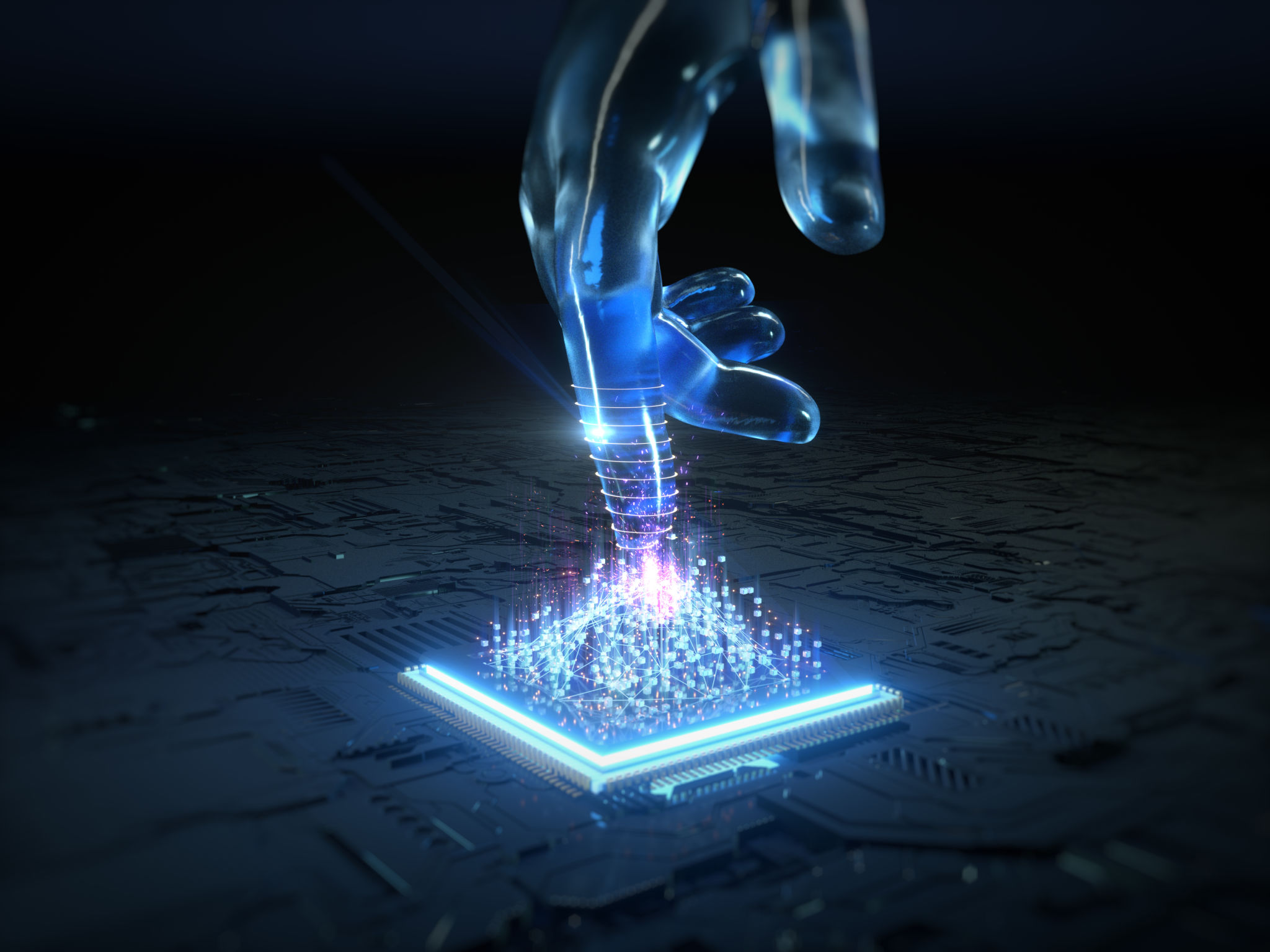Mastering Fine-Tuning: A Comprehensive Guide
Understanding the Basics of Fine-Tuning
Fine-tuning is a crucial aspect of machine learning that involves taking a pre-trained model and adapting it to a new, specific task. This process is vital for improving model performance without the need for extensive data or computational resources. By leveraging existing models, you can achieve impressive results with minimal effort.

Why Fine-Tuning Matters
In the world of machine learning, building models from scratch can be time-consuming and resource-intensive. Fine-tuning offers a solution by allowing you to start with a model that already understands general patterns and knowledge. This approach not only saves time but also enhances accuracy and efficiency, making it a preferred method for many data scientists and engineers.
The Fine-Tuning Process
The process of fine-tuning involves several key steps. Initially, you must select a pre-trained model that closely aligns with your intended task. Once selected, the model is retrained on a new dataset to adjust its parameters and improve its performance on the specific task at hand.

Step-by-Step Guide to Fine-Tuning
To effectively fine-tune a model, follow these steps:
- Select an appropriate pre-trained model: Choose a model that has been trained on similar data or tasks.
- Prepare your dataset: Ensure your dataset is clean and representative of the task you wish to accomplish.
- Adjust hyperparameters: Modify settings such as learning rate and batch size to optimize training.
- Retrain the model: Use your dataset to retrain the model, adapting it to your specific needs.
- Evaluate and iterate: Test the model's performance and make necessary adjustments for improvement.
Common Challenges in Fine-Tuning
Despite its benefits, fine-tuning can present several challenges. Overfitting is a common issue where the model becomes too tailored to the training data, losing generalization capabilities. Balancing the extent of retraining and maintaining the integrity of the pre-trained model's knowledge is crucial.

Tips for Successful Fine-Tuning
To overcome these challenges, consider the following tips:
- Avoid overfitting: Use techniques like regularization and dropout to prevent overfitting.
- Monitor performance: Continuously evaluate the model on validation data to track improvements.
- Leverage transfer learning: Use transfer learning techniques to apply knowledge from one domain to another.
The Future of Fine-Tuning
As machine learning advances, fine-tuning will continue to play a pivotal role in developing efficient and effective models. The ability to adapt existing models for new tasks will remain essential in various industries, from healthcare to finance. The future holds potential for even more refined techniques that further streamline the process.

Conclusion
Mastering fine-tuning is an invaluable skill for anyone involved in machine learning. By understanding its principles and challenges, you can harness the power of pre-trained models to achieve remarkable results with minimal resources. As technology evolves, staying abreast of new developments in fine-tuning techniques will ensure you remain at the forefront of this dynamic field.